You might think that an easement steward’s work begins when a conservation project is completed, but it actually begins while the project is unfolding. For example, last fall, I spent four days walking trails; steering my way up woods roads; taking photos, notes, and GPS coordinates of important features; and occasionally picking ticks off my pants. My mission: to collect field data needed to complete the baseline documentation report for the Gulf Hagas – Pleasant River project.
If you Google ‘baseline,’ you’ll get this definition: “a minimum or starting point used for comparisons.” A baseline documentation report (BDR) for a conservation easement is just that: a starting point. It describes, in detail, the current condition of lands at the time they are conserved, through the use of maps, photos, written observations, reports, and geographic data. The landowner and FSM carefully review the BDR’s various components and agree that it accurately describes present conditions of the protected property. Both parties receive copies for future reference.
A BDR is just one of several legal documents that FSM staff and landowners review closely as conservation projects are completed. But the BDR is possibly the most important document for the successful implementation of a conservation easement, in the long-term.

Because BDRs describe lands’ current conditions (everything from data on forest inventory to rare plant sites to recreation features and more) they help guide landowners’ management decisions and FSM’s ongoing oversight of conservation easement terms. For example, if an easement specifies how many campsites are allowed on a property, the BDR will identify the location and size of existing campsites. If the landowner closes, moves, or creates more campsites, FSM keeps track of those changes, compares that information to the BDR, and ensures that activities remain in compliance with easement terms.
BDRs can also be useful when there are conflicting conservation values. Imagine a property that has popular trails that are located very close to shorelines used by nesting loons. Disturbances or human activities during the wrong time of year on those trails might threaten the success of the loons. The BDR would note the existence of both values (the trails and the nest sites) and, together with a well-crafted conservation easement, the landowner and FSM would be able to come up with a solution to avoid a conflict of those values.
Because they document the conservation values of the properties we work to conserve, baseline documentation reports make it possible for FSM to ensure that those values are maintained (or enhanced) through time. That’s why I take to the woods prior to a project closing, to ensure that we know as much about each property as possible.
This article was originally published in Forest View, Spring 2017.
